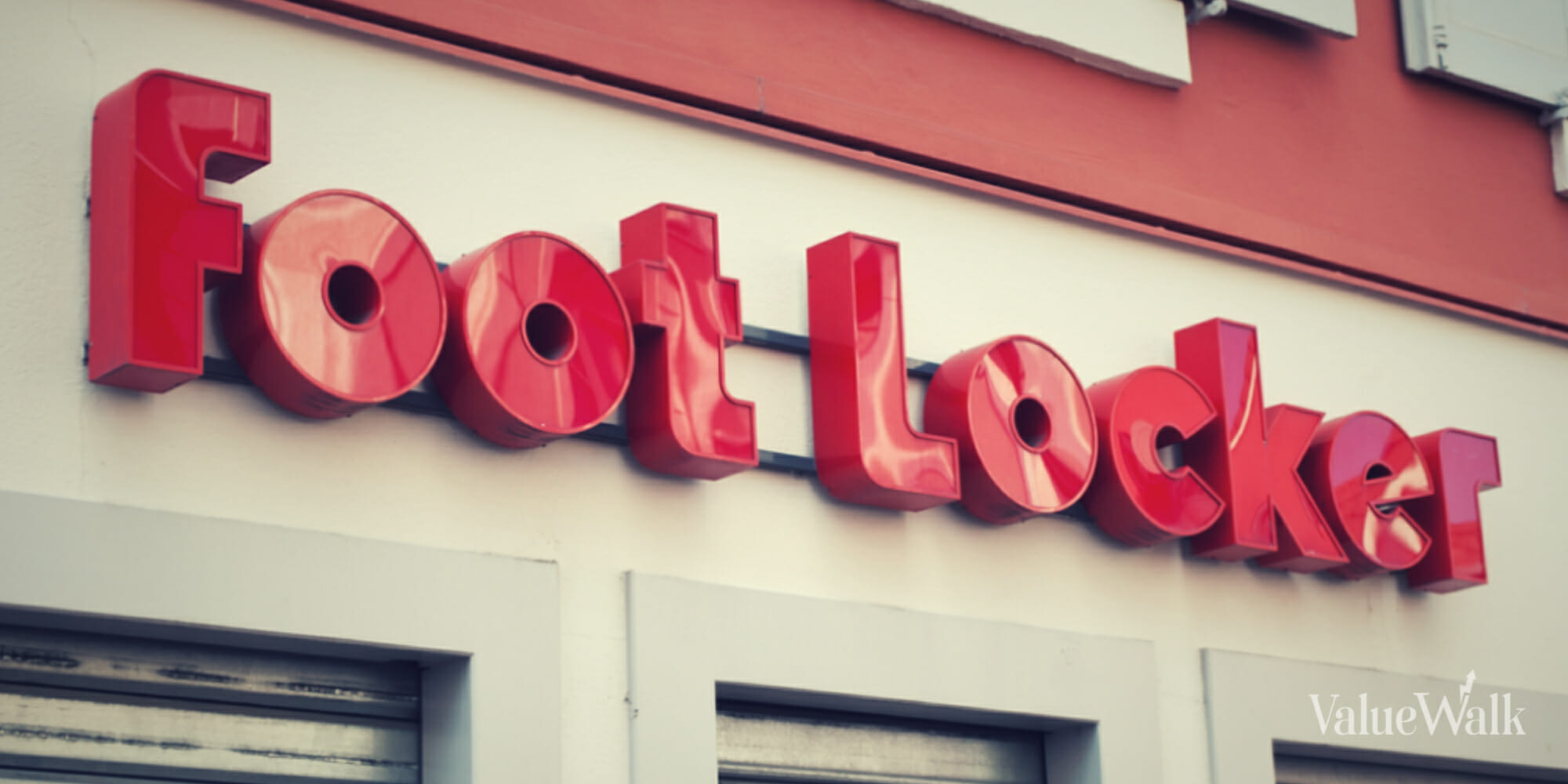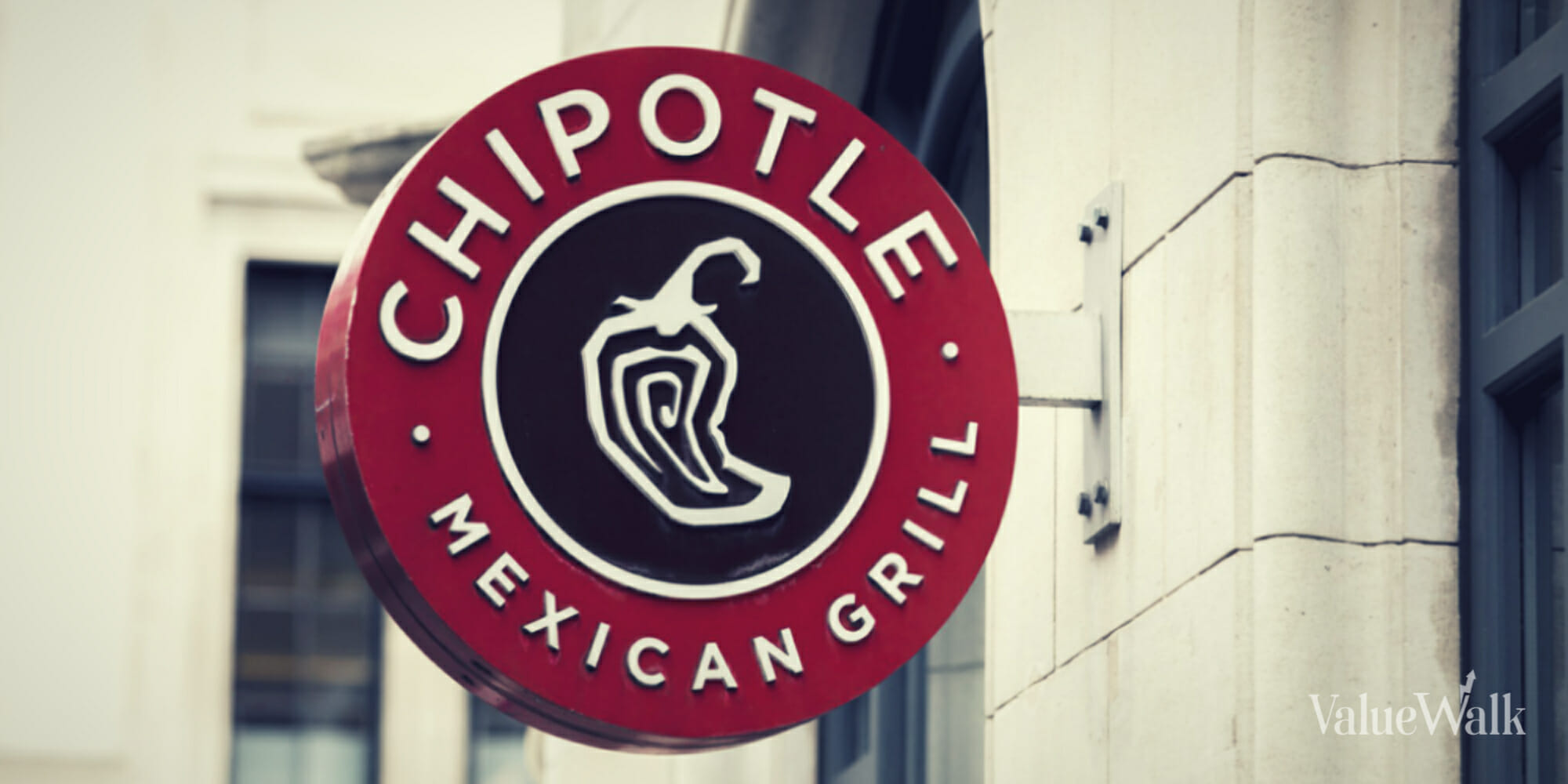It has been a fairly volatile few weeks for sneaker and apparel retailer Foot Locker (NYSE:FL). Following its fourth-quarter earnings release on March 6, its stock tanked about 30%, initially plunging to around $24 per share before tumbling all the way down to $22 per share over the following week or so. However, Foot Locker stock has been on a steady upswing since then.
On Wednesday, the shares popped another 7%, moving up to around $29 per share. Let’s see what has been going on with Foot Locker to cause such volatility and try to determine where it will go from here.
Earnings report was a mixed bag
The huge decline following the Q4 earnings report seemed to be a bit overdone, as Foot Locker actually beat estimates. Nonetheless, the results were not great, as the company’s sales rose about 2% year over year to $2.38 billion while its income from operations plummeted 44% to just $33 million due to higher costs of sales and selling, general, and administrative expenses.
Foot Locker posted a net loss of $389 million, down from a $19 million net gain in the same quarter a year ago. However, the net loss was due to a $555 million one-time expense related to a minority-investment impairment and partial settlement of pension-plan obligations. On an adjusted basis, the company’s net income was $36 million, although that was still down from $92 million in Q4 of 2022.
On a positive note, Foot Locker did reduce its inventory by 8.2% year over year, which is important because lower inventory frees up more space for newer, more profitable products and lowers the cost of holding excess inventory.
Thus, while the company’s numbers weren’t great — and they weren’t expected to be — its outlook disappointed investors. Foot Locker called for sales growth in 2024 to be in a range of down 1% to up 1% for 2024, store count down 4%, and adjusted earnings per share to be between $1.50 and $1.70. In that range, the adjusted EPS would be up slightly from $1.42 in 2023 but still below analysts’ projections of $1.95.
Foot Locker also said that its goal of having an EBIT (earnings before interest and taxes) margin of 8.5% to 9% has been pushed back two years to 2028. This probably disappointed investors as well. The company projects a 2.8%-to-3.2% EBIT margin in fiscal 2024.
Outlook is not all that bad
In the days and weeks that followed the earnings report, several analysts reported a more bullish view of Foot Locker after digesting the numbers. Evercore upgraded the stock to Outperform and raised its price target to $32 per share from $28, citing expectations for better sales growth in the second half of the year. Evercore said Foot Locker will be chasing demand with lower inventories, among other potential sales drivers, including a new loyalty program, a new digital app, and a refresh initiative.
Guggenheim also issued a Buy rating for Foot Locker with a price target of $30, while Bank of America had a Neutral rating with a price target of $27. Additionally, Citi and UBS both upgraded Foot Locker from Sell to Neutral.
Analysts at Citi said the company could benefit from Nike’s strategic shift toward growing its wholesale sales channels and moving away from its in-house digital sales push in recent years. That could send more Nike (NYSE:NKE) sales to Foot Locker.
Overall, the steep post-earnings drop seemed to be an overreaction to Foot Locker pushing back its EBIT margin goals. The company seems headed in the right direction, but it will probably be a long, slow climb. I wouldn’t expect any big moves as the price will likely hover around where it is now. However, investors may want to put it on their radar and watch for potential impacts from these catalysts mentioned above.





